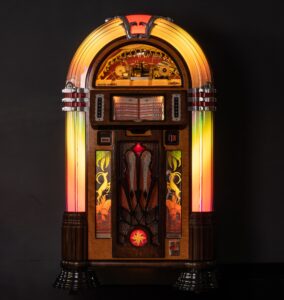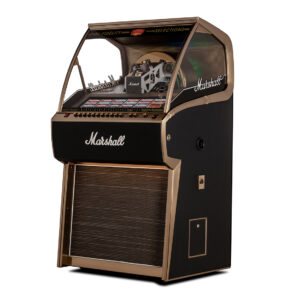Reading response:
The narrative woven through the author’s critique and subsequent responses to reader feedback forms a cohesive argument for a transformative approach to interaction design. At the core of this discussion is a pointed critique of the reliance on touchscreens, or what the author refers to as “Pictures Under Glass.” This approach, the author argues, falls short of engaging the full spectrum of human abilities, especially the tactile and manipulative capacities intrinsic to the human experience.
Bringing expertise from a background in designing future interfaces, the author offers a credible perspective on the limitations of current technological trends and makes a clarion call for a reevaluation of our design ethos. The focus is on creating interfaces that not only address problems but also resonate with the rich physical faculties innate to users, suggesting that tools should amplify human capabilities and serve as an extension of human experience rather than its reduction.
The response to critiques emphasizes that the author’s original “rant” was not a dismissal of current devices like iPhones or iPads but a push for acknowledging their current utility while recognizing the imperative for future developments to transcend these existing paradigms. The author envisages a future where technology could tangibly represent and manipulate the environment in ways yet to be discovered, leveraging long-term research.
Voice interfaces, while useful, are seen as insufficient for fostering the depth of creativity and understanding that comes from a more tactile and hands-on interaction. Similarly, gestural interfaces and brain interfaces that circumvent the full use of the body are met with skepticism. The author stresses the need for interfaces that don’t make us sedentary or immobile, advocating against creating a future where interaction is disembodied.
In a profound reflection on the accessibility and apparent simplicity of touchscreens, the author warns against mistaking ease of use for comprehensive engagement, noting that while a two-year-old can swipe a touchscreen, such interaction doesn’t fully capitalize on adult capabilities.
Combining these perspectives, the author’s message is a wake-up call for designers, technologists, and visionaries. It’s an urging to reimagine interaction with the digital world in a way that brings our physical interaction with technology into a harmonious synergy, maximizing rather than diluting our human potential. This combined narrative is not just a response to current technological trends but a hopeful blueprint for the future of interaction design that is as rich and complex as the capabilities it aims to serve.
Final proposal:
Concept:
An Interactive Digital Jukebox, merges the nostalgic allure of classic jukeboxes with the functionalities of modern digital technology. Utilizing Arduino Uno for hardware control and p5.js for interactive web-based visualizations, this project aims to deliver a user-friendly music player that offers both physical and web interfaces for song selection, volume control, and music visualization.

Project Description:
The Interactive Digital Jukebox allows users to select and play music tracks from a stored library, offering real-time audio visualizations and track information through a p5.js . The system combines simple physical components for user interaction with sophisticated web-based graphics, creating a multifaceted entertainment device.
Components:
– SD Card Module: For storage and retrieval of MP3 music files.
– LCD Screen: To display track information directly on the device.
– Push Buttons: For navigating the music library and controlling playback.
– Speakers/Headphone Jack: To output audio.
– Potentiometer: To manually adjust the volume.
Functionality:
1. Music Playback: Music files stored on the SD card will be accessed and controlled via Arduino, with support for basic functions like play, pause, skip, and back.
2. User Interface: The p5.js interface will display a list of tracks, currently playing song details, and interactive playback controls.
3. Visual Feedback: The web interface will include dynamic visualizations corresponding to the music’s audio features, such as volume and frequency spectrum.
4. Physical Controls: Physical interactions will be enabled through push buttons or a touch screen connected to the Arduino.
5. Volume Control: A potentiometer will allow users to adjust the sound volume, with changes reflected both physically and on the web interface.
Implementation Steps:
1. SD Card Reader Setup: Install the SD card module to the Arduino and load it with MP3 files. Program the Arduino to use an MP3 decoder library for playback control.
2. Control Interface Development: Configure the input mechanisms (buttons, potentiometer) and ensure their functional integrity for user interaction.
3. Web Interface Creation: Develop the visual and interactive components of the p5.js interface, including song listings, playback controls, and visualization areas.
4. Audio Visualization Integration: Utilize the `p5.sound` library to analyze audio signals and generate corresponding visual effects on the web interface.
5. System Integration: Establish robust communication between Arduino and the p5.js application, likely via serial communication.
By bringing together the tactile satisfaction of traditional jukeboxes with the visual appeal and interactivity of modern interfaces, this project stands to offer not just a practical entertainment solution but also an educational tool that demonstrates the integration of different technologies. It promises to be an excellent demonstration of skills in both electronics and software development, appealing to a broad audience and fostering a deeper appreciation for the fusion of old and new media technologies.
